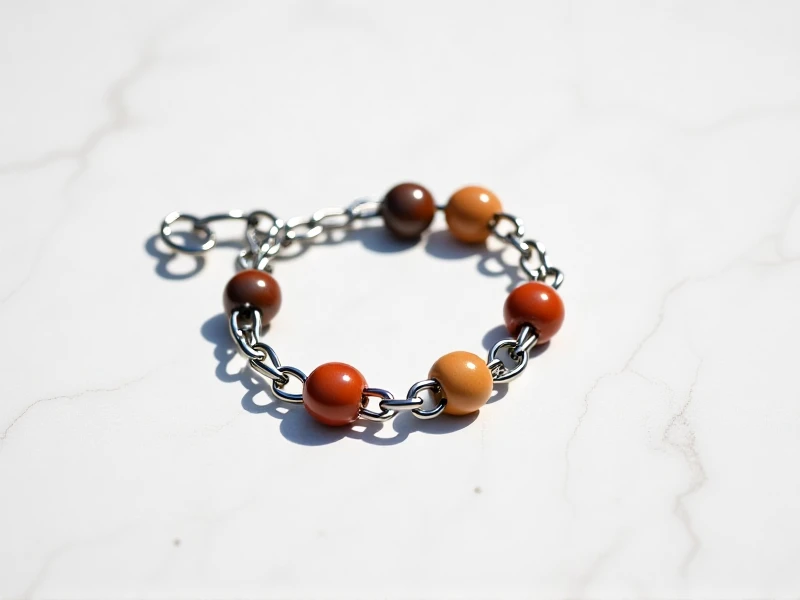
The Ultimate Guide to Machine Chain Parts: How to Pick the Perfect One for Your Gear
Ever wonder what silently transfers power in your factory's machinery day after day? Industrial chain systems work relentlessly in the background, linking motors to conveyors, powering production lines, and driving essential equipment. These vital components are the unsung heroes of manufacturing, agriculture, construction, and countless other sectors. Choosing the right chain isn't magic – it's engineering precision. Here's what professionals need to know.
Firstly, identify the chain type required. Roller chains, engineered for high torque transfer, are standard for drives and conveyors needing efficient power transmission. If you're in food processing or environments prone to corrosion, stainless steel chains offer durability and hygiene. Forged chains excel under intense, demanding load scenarios with their robust links. Knowing your application's core demands – speed, environment, load – dictates this crucial first decision.
Next, understand sizing. Chain measurements aren't arbitrary; they follow pitch standards (like ANSI or ISO) denoting pin-to-pin distance. Size impacts tensile strength and sprocket compatibility directly. Undersizing risks catastrophic failure, causing costly downtime and potential safety hazards. Oversizing adds unnecessary weight and expense. Always match the chain specification to the torque and horsepower requirements provided by the original equipment manufacturer or trusted engineering guidelines.
Don’t overlook lubrication! Even 'self-lube' chains benefit from a regular maintenance schedule. Proper lubrication dramatically reduces friction, preventing wear on pins, bushings, and rollers, and significantly extending the entire chain system's lifespan. Neglect this, and efficiency loss accelerates, ultimately requiring a costly premature replacement.
Finally, consider innovations. Modern options like engineered plastic chains deliver silent operation and extreme corrosion resistance where metal chains can't compete. Enhanced surface treatments increase fatigue strength for longer service life even under harsh conditions.
Picking the perfect chain involves careful application assessment, correct sizing based on load/duty cycles, attention to material compatibility with the environment, and implementing a steadfast lubrication regime. Investing time upfront ensures robust reliability months and years down the line. What do you consider most critical when selecting chain parts for your vital equipment?